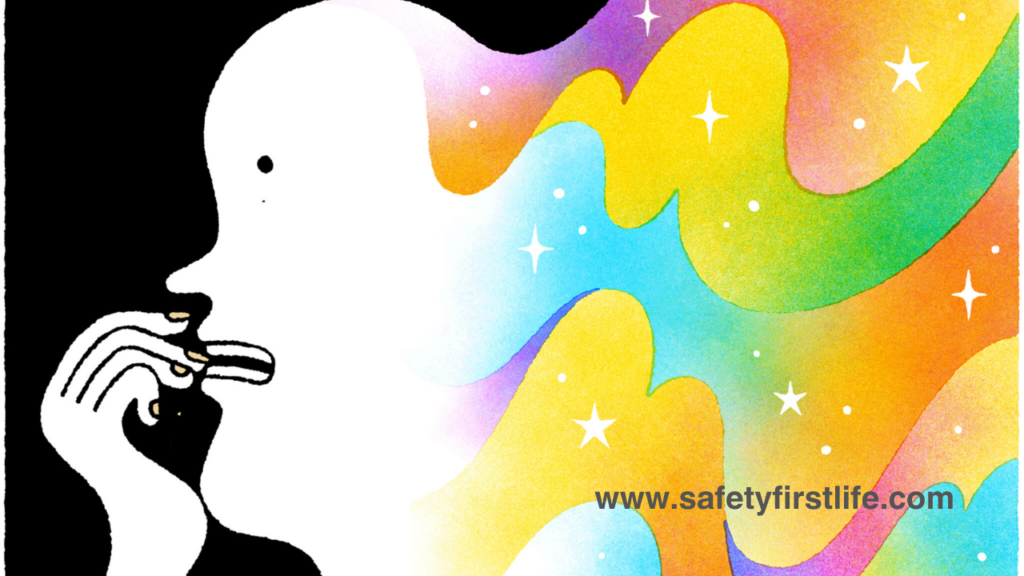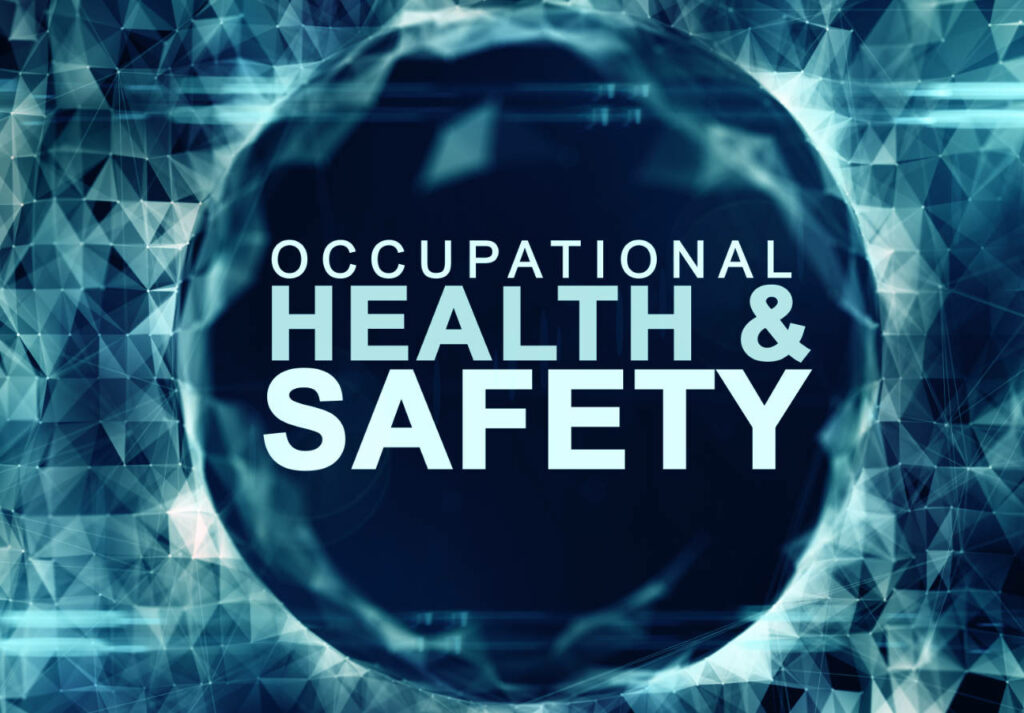Anxiety and Depression

ANXIETY
“A feeling of unease, such as worry or fear, that can be mild or severe.”
Anxiety can have both psychological and physical symptoms.
Long-term anxiety can lead to serious ill-health conditions, such as hypertension (chronic high blood pressure).
Anxiety
is sometimes linked to panic disorder (having panic attacks) and Post-Traumatic Stress Disorder (PTSD).That is caused by exposure to a traumatic event. It is also sometimes linked to depression.
If you want to learn about excavation safety checklist then follow the link:
Excavation Safety Checklist
DEPRESSION

“Feelings of extreme sadness, despair or inadequacy that last for a long time.”
The severity of the symptoms of depression can vary. At its mildest, depression involves being persistently low in spirit
(low mood) while, at its most severe, depression makes sufferers feel suicidal and that life is no longer worth living.
At the more severe end of the scale. Depression may lead to a diagnosis of clinical depression that can be categorized as mild, moderate or severe.
What is Work-related Stress?
STRESS
The adverse reaction that people have to excessive pressure or other demands placed on them.
Stress is not a disease, but a natural reaction to pressure.
Pressure
Pressure is an inherent part of work. It does not necessarily lead to stress.This is because in many circumstances, people are able to cope with the pressure they are under. In fact, in many situations, pressure results in a positive performance. (e.g. athletes tend to produce their very best performances under the pressure of competition, not in training).
However, in some instances, people find themselves unable to cope with the pressure that they are under. This leads to a negative reaction, rather than a positive one. This reaction is psychological in origin, i.e. the negative reaction is in the mind.
If the pressure is short term, then the person may show some of the signs and symptoms of stress, but it is unlikely that there will be any significant health consequences. It is a common experience to suffer a few sleepless nights worrying about an exam or an interview: the person prepares as much as possible, then afterwards the pressure is relieved and the worry goes away. But if the pressure continues or increases, then the relatively minor symptoms of stress can escalate into physical and/or mental ill health.
Work-related Stress

Work-related stress should not be confused with anxiety or depression. These are common mental health problems that can and do exist entirely independently of work-related stress. It is estimated that a quarter of the population will suffer some form of mental illness at some stage in their lives. The two most common forms of mental illness are anxiety and depression. It is possible to suffer from these mental health problems without being stressed or under any pressure (work-related or not). However, it must be recognized that there is a strong relationship between these mental health problems and work-related stress. The one can trigger or contribute to the other, and vice-versa.
In the upcoming training session, we will discuss the major Causes of Work-Related Mental Ill Health.
Work stress is a common issue that many people face at work. It can make them feel bad, mentally and physically. It’s really important for both bosses and workers to know what causes it and how to handle it. If we understand why people get stressed at work, we can make the workplace better for everyone. Let’s talk about the different things that can make people stressed at work and how we can fix them to help people feel better.
Causes of Work-Related Stress:
Demands
This refers to the pressure employees face from their workload, deadlines, and working hours. For example, a project manager tasked with overseeing multiple projects simultaneously may experience stress due to tight deadlines and a heavy workload, leading to feelings of overwhelm and exhaustion.
Control
When employees have control over their work, it means they can make choices about how they do their job. It’s like being the boss of their own tasks. But when they don’t have this freedom and are told exactly what to do without any say, it can make them feel upset and stressed out. For example, think about a customer service rep who has to stick to a strict script when helping customers. They might feel frustrated because they can’t solve problems in their own way. That lack of control can really stress them out.
Support
Adequate support from colleagues, supervisors, and the organization is essential for mitigating stress. When employees feel they lack the necessary resources, information, or assistance to perform their job effectively, it can contribute to feelings of anxiety and uncertainty. For example, a new employee who receives minimal training and guidance may struggle to meet job expectations, leading to heightened stress levels.
Relationships:
Workplace relationships play a crucial role in shaping employees’ experiences and well-being. Instances of bullying, harassment, or poor interpersonal dynamics can create a toxic work environment and increase stress levels. For example, if a supervisor constantly criticizes an employee in front of others, it can make them feel embarrassed and worthless. This kind of treatment can really mess with their confidence and make them feel like they can’t do anything right.
Role
Clarity regarding job roles, responsibilities, and expectations is vital for reducing stress and enhancing job satisfaction. When employees are uncertain about their duties or how they contribute to the organization’s goals, it can lead to feelings of confusion and disengagement. For instance, a team member who lacks clear direction on their tasks and responsibilities may struggle to prioritize work effectively, resulting in increased stress levels.
Change
Organizational changes, such as restructuring, downsizing, or implementing new policies, can create uncertainty and instability for employees, leading to heightened stress levels. Whether changes affect individuals directly or impact the entire organization, they can disrupt routines and foster feelings of insecurity and apprehension. For example, employees facing the prospect of layoffs or reassignments may experience significant stress as they navigate the uncertainty surrounding their future employment status.
Follow the link to learn about:
https://www.safetyfirstlife.com/effective-safety-controls-to-prevent-excavation-incidents/
Conclusion:
To tackle work-related stress, it’s important to look at different things that can make employees feel stressed. This includes things like how much work they have to do, how much control they have over their work, and whether they feel supported by their colleagues and managers. By addressing these factors, organizations can help create a better work environment where employees feel happier and healthier.
For example, if employees feel like they have too much work to do and not enough time to do it, this can make them really stressed out. Or if they feel like they don’t have much say in how they do their job, it can make them feel powerless and stressed. Similarly, if they don’t get along with their coworkers or feel like they’re being treated unfairly, it can cause a lot of stress. By understanding these issues and taking steps to address them, organizations can create a workplace where employees feel valued and supported, which can lead to better overall health and productivity.

